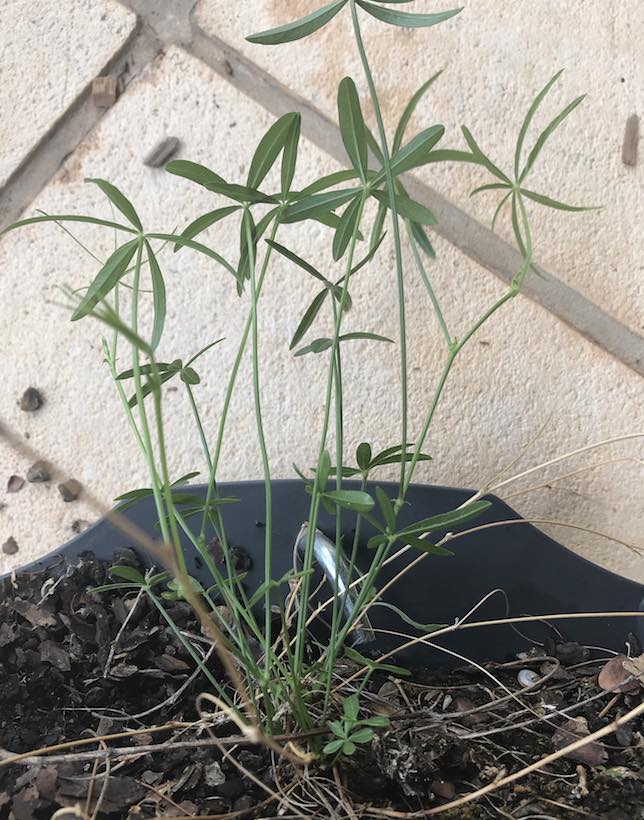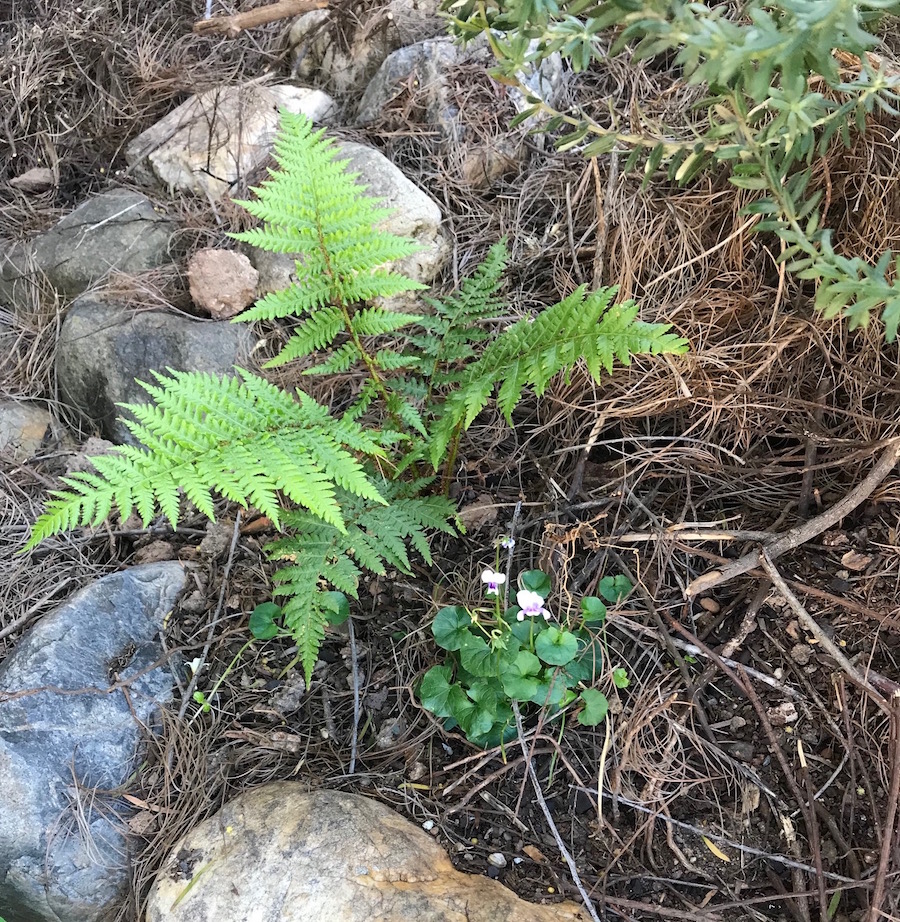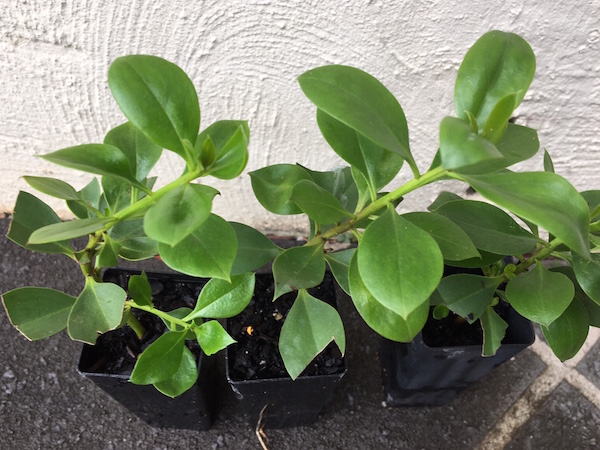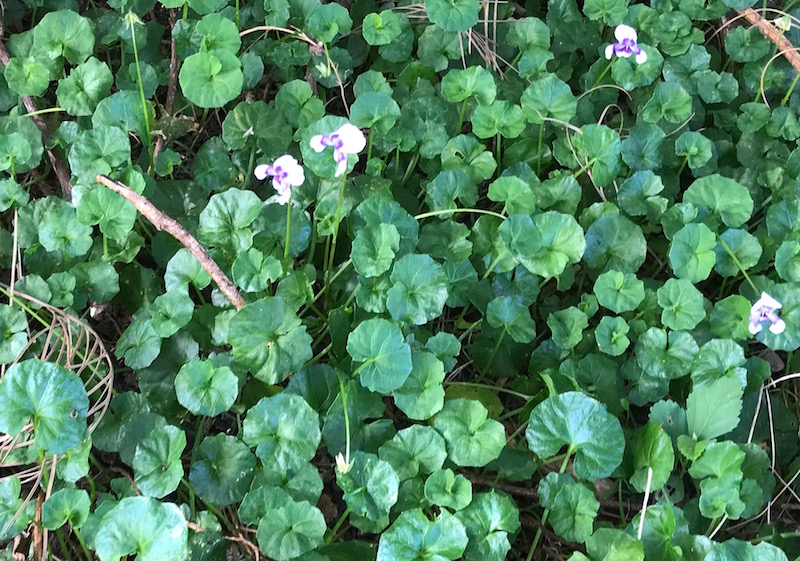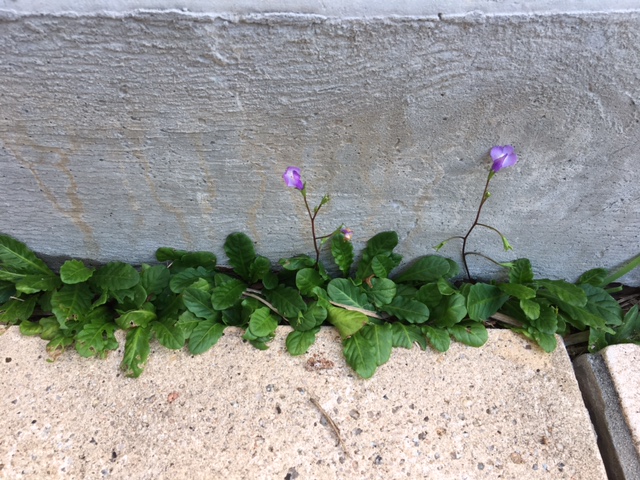Cullen tenax – Emu foot
Atractive nitrogen-fixing vine with common name of Wild or Native Lucerne Attracts Chequered Swallowtail, Common grass-blue and the Tailed pea-blue butterflies Small purple flowers attract native bees. I got the tubestock from Kumbartcho Nursery and put it in this hanging pot and forgot about it. Transplanted December 2019 in front of pond near the bee […]
Cullen tenax – Emu foot Read More »

